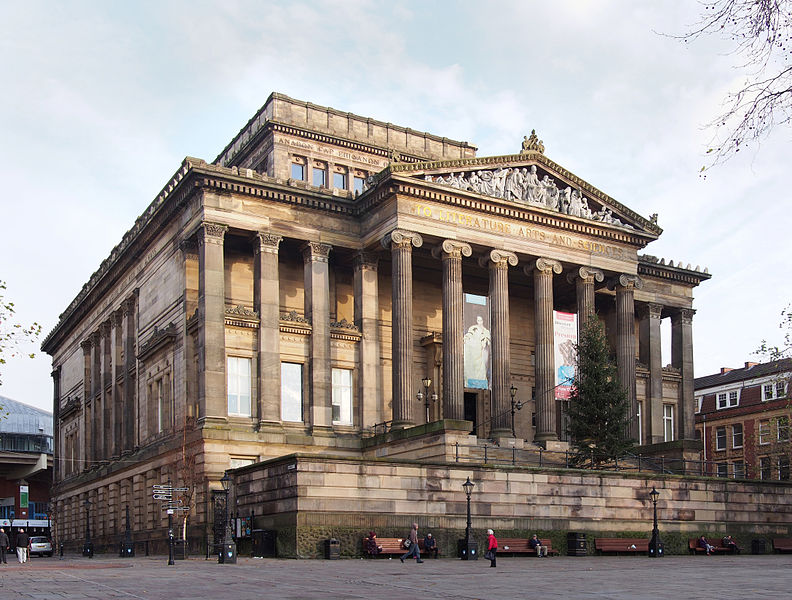When J. K. Rowling finished the first book in her series of
Harry Potter novels Harry Potter and the Philosopher’s Stone in 1997, having experienced a hand-to-mouth existence
on benefits, she could hardly have dreamt of the riches that would come her
way, not only from the sales of the books themselves, running at several
hundred million copies, but from the resulting series of films, starring such
luminaries as Robbie Coltrane, John Cleese and the late Richard Harris, as well
as launching the careers of several young actors and actresses, with Daniel
Radcliffe playing Harry. The films
feature a number of stunning locations – see my previous post Pottering Around On The Jacobite Steam Train for some of the Scottish locations – but one of the
most recognisable locations is Alnwick Castle, aka Hogwarts School of
Witchcraft and Wizardry.
Part of the schooling of Harry and his schoolmates consisted
of learning to fly a broomstick, an
activity which was overseen by Madam Hooch (Zoe Wannamaker). This skill was passed on in the area of the
Outer Bailey, which was also where the rules of Quidditch (a broomstick-based
sport) were taught. As for the Inner
Bailey, this was where Harry and Ron Weasley (Rupert Grint) crash-landed the
famous flying car. The imposing entrance
to the castle from the gardens, known as Lion Arch, served as the entrance to
Hogwarts, leading to Hagrid’s cabin and the Forbidden Forest.
 | |
| Alnwick Castle state rooms exterior, 2010. Photo by James West, via Wikimedia Commons |
Alnwick Castle, which is still inhabited by the Duke of
Northumberland, not surprisingly makes the most of its Harry Potter connections
by offering, among other things, broomstick lessons, primarily aimed at the
kids, although adults have been known to join in the fun. The lessons are given by characters dressed
up as professors, and take place in the area where the broomstick lesson scenes
were shot for the film. However, it’s
not all about Harry Potter. Garden
enthusiasts will love the grounds surrounding the castle which include such
novelties as a Poison Garden full of toxic plants where visitors are led around
by a guide to avoid mishaps, and the magnificent Grand Cascade water feature. There is
also a massive treehouse which serves as a unique treetop restaurant.
 | |
| Cascading water in Alnwick gardens - geograph.org.uk - 1398053. Photo by John Firth, via Wikimedia Commons |
The castle itself was first started in 1096 by Yves de
Vescy, Baron of Alnwick. Being at the
northern end of England, the castle was repeatedly captured and besieged by
Scottish kings. Later, during the Wars
of the Roses, the castle was held by Lancastrian forces. Various alterations were made to the castle
over the years, but the rooms on view to the public today are characterised by
opulent Italianate interiors, providing a contrast to the solid medieval
exteriors. Beyond the castle, the town
of Alnwick is an attractive market town which, apart from the castle, is known
as the home of Barter Books. Housed in a
former railway station, it is one of the country’s largest second-hand bookshops. A short distance away is the glorious
Northumberland coast, with yet more alluring castles such as Bamburgh Castle
and Dunstanburgh Castle.

